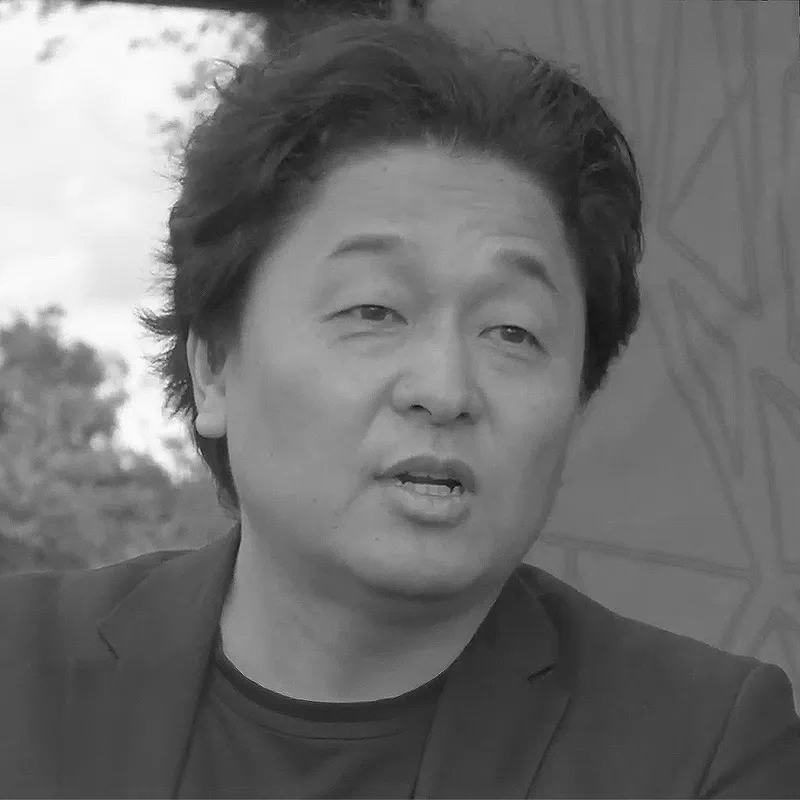
몬트리올 시민들에게 장 드라포 공원은 마치 뉴욕의 센트럴파크 같은 곳입니다. 그러나 이곳은 엑스포 67 전에는 존재감이 거의 없었어요. 건너편에 있는 섬도 존재하지 않았죠. 퀘벡시를 만들었던 사뮈엘 드 샹플랭(Samuel de Champlain)이라는 사람이 1600년대에 여기 세인트로렌스강을 탐사하다가 섬을 발견해서, 자기 아내의 이름을 따서 세인트헬렌섬(l’ilê Saint Helen)으로 명명했고요. 그 후 1930년대에 여기 뒤에 보이는 자크 카르티에(Jecques Cartier) 다리가 완공되었는데, 이 다리가 완공되기 전까지는 사실 몬트리올 사람들이 이 섬에 오기는 쉽지 않았습니다.
다리가 완공된 나서도 세계 1차 세계대전과 2차 세계대전에서 여기가 캐나다 군대의 군수 물품 창고로 쓰였기 때문에, 일반인들의 출입이 금지돼 있었죠. 그러다가 전쟁이 끝나고 나서, 1953년에 여기 보이는 수영장을 만들게 되었어요.
그때부터 조금씩 사람들이 들어오긴 했는데, 그래도 지금처럼 많이 활용되지 않았고요.
그러다가 1962년 몬트리올시에서 엑스포 67을 준비하면서 여기에 사업본부를 설치하게 되었어요. 마침 몬트리올에서 이 일대에 지하철 공사를 하고 있었는데, 그때 나오는 흙과 돌로 세인트헬렌섬과 그 끝에 홍드(Ronde)라는 섬으로 나눠져 있었는 것을 합해 큰 섬으로 만들었고요. 이 앞에 있는 노트르담(Notre Dame)섬도 100% 인공으로 만들었죠.
그러고는 엑스포 67이 성공적으로 개최되었고, 엑스포가 끝나고 1976년에 몬트리올 하계올림픽이 있었어요. 이를 계기로 노트르담섬에 조정 경기장을 만들고 놀이공원도 생기고, 그 2년 후에 F1 서킷이 만들어졌죠.
이때부터 몬트리올 시민들이 즐길 수 있는 거리가 이곳에 다양하게 생기게 되었어요. 이어서 1980년에는 몬트리올시에서 전체적인 마스터플랜을 만들었고요. 1993년에는 몬트리올시가 시민들을 위한 무슨?? 350주년 기념 parc du deux milles라는 이름으로 완전히 재개장을 했습니다.
이런 과정을 거쳐서 비로소 1999년에 우리가 지금 알고 있는 장 드라포 공원이 되었습니다. 그때부터 여기 현재 보이는 2019년에 완공된 ESPACE 67, 커다란 야외 공연장 및 조각 전시장이 만들어졌습니다.
처음 본 한국관은 다른 서양 건축처럼 “나 여기 있다”는 강한 존재감을 뽐내고 있었습니다. 동시에 조용하고 잠잠하게 주변 컨텍스트들, 즉 자연과 오버랩되고 있었어요. 옛날부터 한국 건축이 추구했던 자연과의 공존을 나타내는 어떤 상징성이 보였죠.
그래서 이것을 어떻게 복원을 해야 할까라는 생각을 많이 했습니다. 일단 이 건축물은 한국 전통 스타일의 건물을 근대 서양 건축이 일반적이었던 시대에 보편적인 건축 언어로서 재해석해서 형식적인 아름다움을 표현했다고 생각합니다. 지금으로서는 기존의 형식적인 아름다움이 있기 때문에 만약 조금 더 덧붙인다면 한국적 건축 시퀀스를 좀 넣어보면 어떨까, 싶습니다. 공간의 전개 과정을 한국의 건축처럼 대문을 통해서 마당을 지나서 대청마루가 나오고 방이 있는 구조를 한번 넣어보자는 생각이 있습니다. 그런 기본 아이디어를 바탕으로 우리가 4가지 주제를 정해서 발전시키고 있어요.
For the citizens of Montreal, Jean-Drapeau Park is like New York’s Central Park. However, before Expo 67, it barely had any presence. The island across the river didn’t even exist as it does now. Back in the 1600s, Samuel de Champlain—the founder of Quebec City—explored the Saint Lawrence River and discovered this island, naming it Saint Helen’s Island after his wife. In the 1930s, the Jacques Cartier Bridge, which you can see behind me, was completed. Before that bridge was built, it was actually very difficult for Montrealers to access the island. Even after the bridge was finished, during both World War I and World War II, this area was used as a military supply depot by the Canadian army, so public access was restricted. After the wars ended, in 1953, a swimming pool was built here, and people began to visit a bit more, but it still wasn’t widely used like it is today. Then, in 1962, the City of Montreal set up the Expo 67 headquarters here. At the same time, Montreal was constructing a subway line in the area, and the earth and rocks excavated during construction were used to combine Saint Helen’s Island with a smaller island at its end called Île Ronde, creating a larger island. The nearby Notre Dame Island was also completely man-made. Expo 67 was successfully held here, and after it ended, the 1976 Montreal Summer Olympics took place. For the Olympics, a rowing stadium was built on Notre Dame Island, along with an amusement park, and two years later, the Formula 1 circuit was created. From that time onward, many public attractions and activities began to develop here for Montreal citizens to enjoy. In 1980, the City of Montreal created a comprehensive master plan for the area. In 1993, the city reopened the park under the name Parc du Deux-Milles, commemorating Montreal’s 350th anniversary. Through all these developments, the park we now know as Jean-Drapeau Park was officially established in 1999. Since then, major additions like ESPACE 67—an expansive outdoor performance and sculpture exhibition space completed in 2019—have been added.
The first time I saw the Korean Pavilion, it stood out with a strong presence, much like Western architecture proudly saying, “I am here.” At the same time, it quietly and harmoniously overlapped with the surrounding context — the natural environment. It reflected a symbolism of coexistence with nature, which has long been pursued in traditional Korean architecture. This made me think a lot about how the pavilion should be restored. I believe this building reinterpreted traditional Korean architectural style into the common architectural language of modern Western architecture of that era, expressing formal beauty. Since this formal beauty already exists, if we were to add something more, I think incorporating a Korean architectural sequence could be interesting. For example, the spatial flow could follow a traditional Korean pattern: entering through a main gate, passing through a courtyard, leading to a large wooden floor (daecheongmaru), and then into rooms. Based on this fundamental idea, we have developed four themes to further explore and develop the restoration.